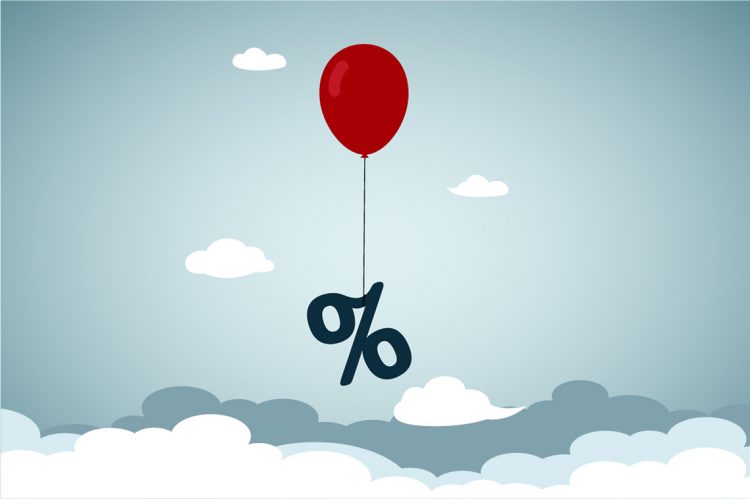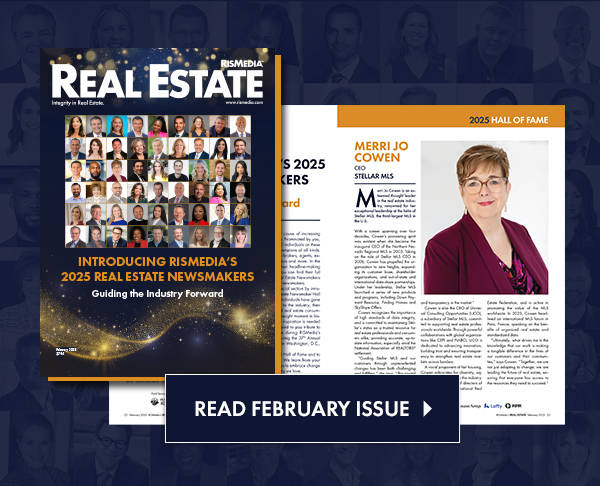The 30-year fixed-rate mortgage (FRM) rose again this week, averaging 5.66%, up from last week’s 5.55%, according to the latest Primary Mortgage Market Survey (PMMS) from Freddie Mac.
Key findings:
- 30-year fixed-rate mortgage averaged 5.66% with an average 0.8 point as of September 1, 2022, up from last week when it averaged 5.55%. A year ago at this time, the 30-year FRM averaged 2.87%.
- 15-year fixed-rate mortgage averaged 4.98% with an average 0.8 point, up from last week when it averaged 4.85%. A year ago at this time, the 15-year FRM averaged 2.18%.
- 5-year Treasury-indexed hybrid adjustable-rate mortgage (ARM) averaged 4.51% with an average 0.4 point, up from last week when it averaged 4.36%. A year ago at this time, the 5-year ARM averaged 2.43%.
What the experts are saying:
“The market’s renewed perception of a more aggressive monetary policy stance has driven mortgage rates up to almost double what they were a year ago,” said Sam Khater, Freddie Mac’s chief economist. “The increase in mortgage rates is coming at a particularly vulnerable time for the housing market as sellers are recalibrating their pricing due to lower purchase demand, likely resulting in continued price growth deceleration.”
Realtor.com® manager of economic research, George Ratiu, commented:
“The Freddie Mac fixed rate for a 30-year loan maintained its upward momentum this week, following the climb of the 10-year Treasury. Financial markets continue to react to the Federal Reserve’s firm commitment to monetary tightening in order to bring inflation closer to the 2% mark. This week’s remarks by Cleveland Fed President Mester—who is also a voting member of the FOMC—were a clear indication of the current policy direction. She stated that the Fed needs to drive the benchmark rate above 4% by early 2023 and keep it steady through next year. The current policy rate is in the 2.25%-2.5% range, pointing to expectations of aggressive rate increases over the next few months.
“Homebuyers can expect mortgage rates to stay in the 5%-6% range over the next few months, as a combination of still-high inflation and the Fed’s increasing borrowing costs will keep them elevated. With rates about 250 basis points higher than a year ago, the median monthly payment will hover near $2,000, about 55% more than last year. This will challenge many first-time buyers, especially as wages are rising at just 5% per year. The silver lining for those still looking for a home is that houses are staying on the market longer, pushing sellers to drop asking prices and leaving more room for negotiation. As we move into the fall, and the pace of sales slows even further, some buyers may find discounts growing larger, offering opportunities that fit within their budgets.”












